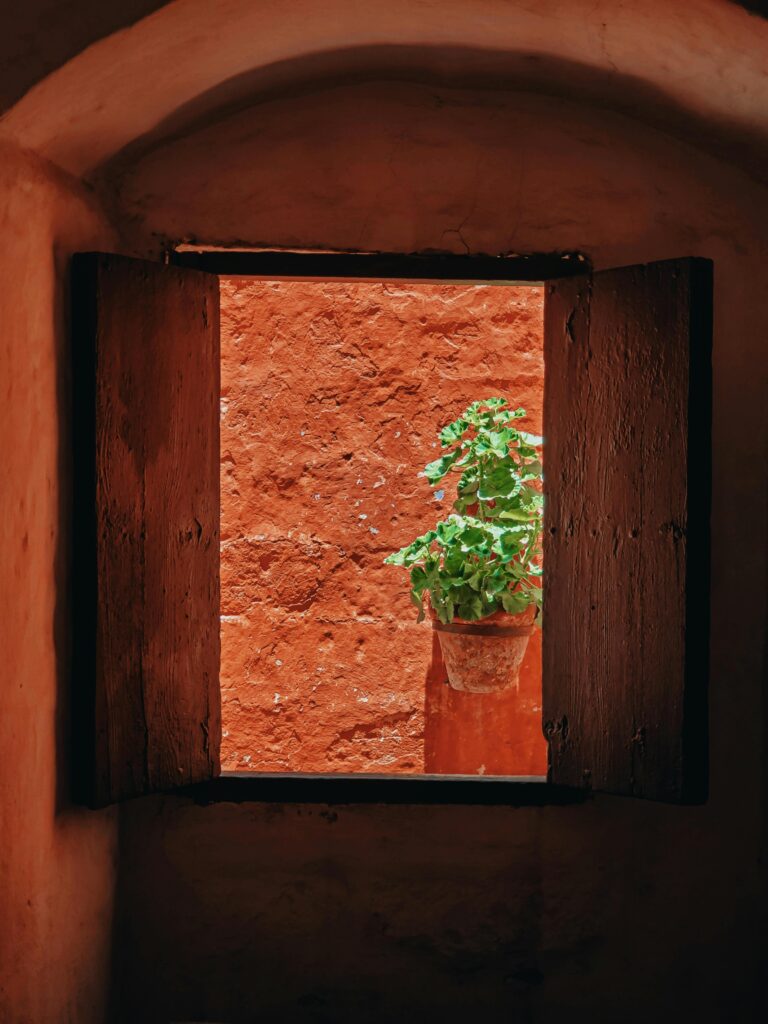History of potsyes
Since time immemorial, pots have been indispensable companions for plant lovers, gardeners and those who want to add a touch of greenery to their environments. Although we see them in a variety of materials and styles today, the history of flower pots has its roots in ancient civilizations that recognized the importance of containing and caring for plants.
The Origin: Pots in Antiquity
The first evidence of flower pots dates back to the ancient civilizations of Mesopotamia, Egypt and China. In Mesopotamia, for example, clay pots dating back more than 5,000 years have been discovered, used to grow medicinal herbs and ornamental plants in the gardens of royal palaces. In Egypt, terracotta pots were common in the gardens of the pharaohs, where sacred plants such as the lotus and papyrus were grown. On the other hand, in China, ceramics played a fundamental role in agricultural culture, and pots were used in both ornamental gardens and agriculture.
Flower pots in the Middle Ages and Renaissance
During the Middle Ages, flowerpots continued to be a constant presence in monastic gardens and castle courtyards. In medieval monasteries, pots were used to grow medicinal and aromatic herbs, which were considered essential for health and spiritual well-being. In addition to their practical function, the pots also took on symbolic meaning, representing fertility and renewal. It was during the Renaissance that flower pots began to take on a more elaborate aesthetic and became status symbols for the aristocracy. Artists such as Michelangelo and Leonardo da Vinci even designed ornamental pots as part of their works, fusing art and gardening into a unique expression of beauty and creativity.
The Industrial Revolution and the Modern Era
The Industrial Revolution marked a significant change in pot manufacturing. With the development of new technologies and materials, such as cast iron and metal, flower pots became more accessible to the masses. Additionally, the emergence of plastics in the 20th century revolutionized the potting industry, offering an economical and durable alternative to traditional ceramic pots. The mass production of plastic pots not only made them more affordable, but also lighter and stronger, making them easier to transport and handle. However, concerns were also raised about the environmental impact of plastics, leading to an increase in demand for eco-friendly and sustainable pots, made from biodegradable or recycled materials.
Flower Pots Today: Cultural and Environmental Importance
Today, pots are not only functional elements for growing plants, but also expressions of creativity and style in interior and exterior design. From small indoor pots to large outdoor pots, the variety of styles, shapes and colors available reflects the diversity of tastes and preferences of modern plant lovers and gardeners. In addition to their aesthetic value, flower pots play an important role in environmental conservation and promoting urban biodiversity. By providing a home for plants in increasingly dense urban environments, planters help purify the air, reduce pollution and create green spaces that improve people's quality of life. Additionally, flower pots can also be educational and therapeutic tools, promoting connection with nature and emotional well-being.

At Murgiplast, we respect the history of flower pots and are proud to continue this ancient tradition by offering high-quality plastic flower pots that combine functionality, durability and aesthetics. Our collection is designed to meet the needs of all plant lovers and modern gardeners, while we are also committed to promoting sustainable and environmentally friendly practices throughout our production chain.
